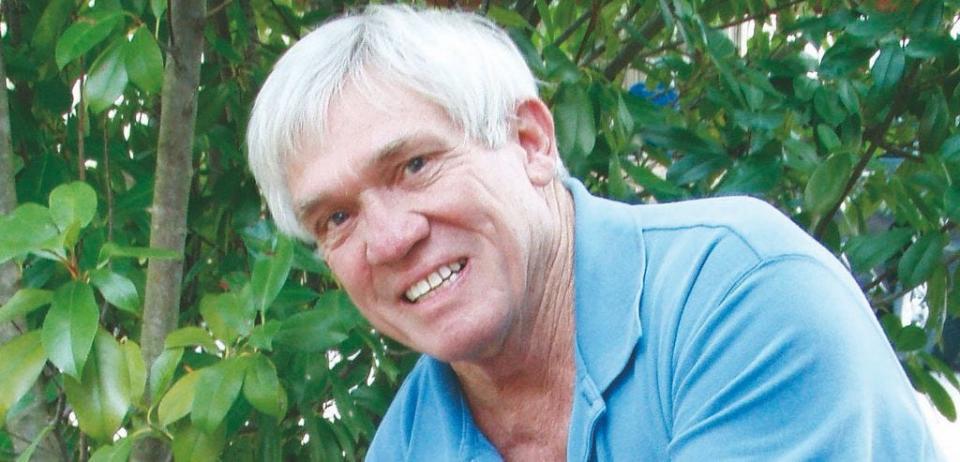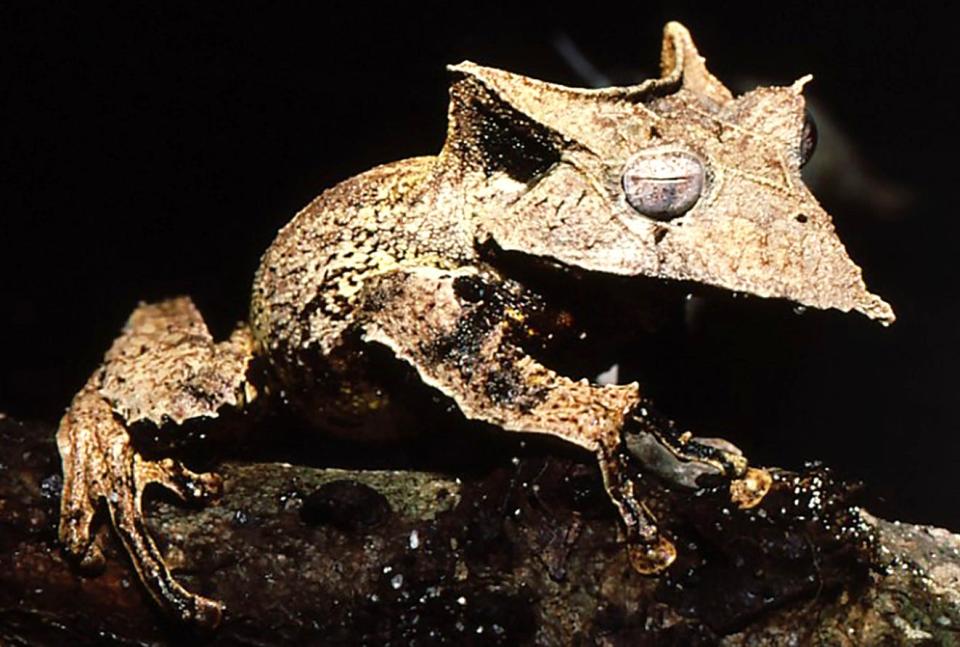Frogs and snakes provide mysteries and adventures | ECOVIEWS
Want to participate in an exciting, possibly dangerous, field trip while trekking through a jungle or exploring an underwater cave?
Would you like to stand alone in the dark in a Colorado pond surrounded by thigh-deep snow waiting for frogs to call? Or does a nighttime ride atop a logging truck on a precarious mountain road while searching for lizards in Mexico sound more appealing?
More: We have some oddities in our midst | ECOVIEWS
You can enjoy these and other exploits as told by adventurous herpetologists without imperiling yourself. All you need to do is get a copy of Martha L. Crump’s “Lost Frogs and Hot Snakes: Herpetologists’ Tales from the Field” (Cornell University Press, 2024).

Marty has collected stories from scientists who conduct field work on reptiles and amphibians.
Not surprisingly, folks who deal with crocodiles, venomous snakes and poison dart frogs often have interesting tales to tell. Some of them might even have readers wondering if the authors lived to complete their own stories.
“Lost and Found,” Marty’s account of being in an Ecuadorian jungle with a failing flashlight, fits into this category, especially when she hears the roar of a jaguar in the vicinity. She had veered off trail to capture her “all-time favorite frog” — a Sumaco horned treefrog, the “queen of frog parental care.”

Her story, like many others in the book, has a captivating plot involving reptiles or amphibians. It also describes the natural history of the Sumaco horned treefrog. As Marty explains, females of the treefrog that sent her on a wayward jungle path carry their eggs on their back. Unlike most other frogs, the young have no tadpole stage. Instead, they jump from their mother’s back when it’s time to start life on their own.
A Sumaco horned treefrog resembles some alien creature as rendered by an artist of disturbed mind.
The narratives by 50 authors are divided into categories depicting a herpetologist’s most memorable experience. “Thrill of Discovery” and “Adventure and Exploration” consist of 15 accounts.
One of these stories, “Down Under” by Dante Fenolio, recounts his adventures in what some people might consider a nightmarish profession: exploring caves, sometimes underwater, to photograph aquatic salamanders.
In another section, Erin Muths tells about snowflakes falling while she stood in “slushy ice” in the middle of a pond at night, all to find out what the chorus frogs did.
My favorite section, appropriately titled “Mishaps and Misadventures,” in which Marty placed her own story, offers adventures most people might rather read about than experience.
Kelly Zamudio’s account of being bitten by a black-tailed rattlesnake has changed forever how I get out of a pickup truck — always look down to see what you will be putting your foot on.
Robert Hanson’s story describes how, for a herpetologist, capturing a rare and beautiful Nelson’s milk snake was more important than running away from a band of armed drug dealers pointing their guns at him.
Miriam Benabib and Justin Congdon’s story about hitchhiking in Mexico when a truck carrying illegally harvested trees turned over with Justin atop the logs reveals how important pursuing the rose-bellied lizard can be to dedicated herpetologists.
I do not have the space to describe the many other fascinating stories and thrilling adventures told by these herpetologists. But a quote from one of them sums up the essence of the book: In “Why Do I Do What I Do in the Field” Joseph R. Mendelson III says, “While romping around remote . . . areas looking for reptiles and amphibians seems perfectly normal to people like me, to a nonbiologist this is a profoundly weird thing to be doing.” Weird? Yes. Important?
Also yes. If we had more people whose passions led them to engage with nature in all her myriad aspects, the world might be a better place.
Whit Gibbons is professor of zoology and senior biologist at the University of Georgia’s Savannah River Ecology Laboratory. If you have an environmental question or comment, email ecoviews@gmail.com.
This article originally appeared on The Tuscaloosa News: Adventures with frogs and snakes will thrill and amaze you | ECOVIEWS

